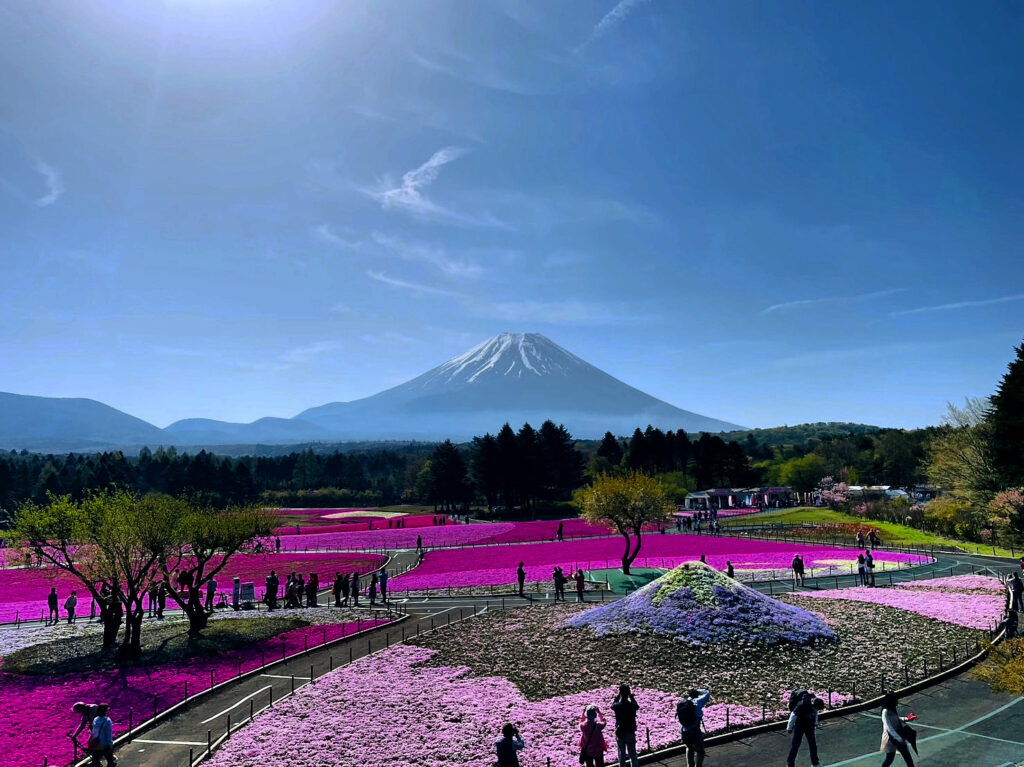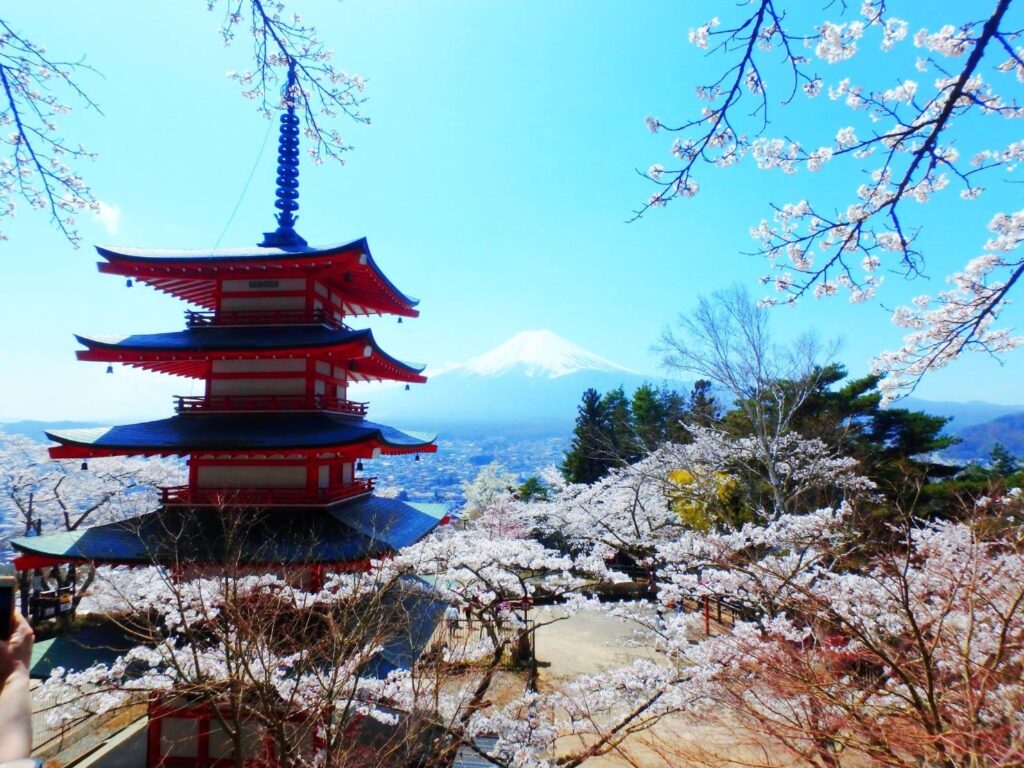As someone who lives at the foot of Mt. Fuji, I recently visited Saiko Iyashi no Sato Nenba — a small village that preserves the atmosphere of old Japan.
I had seen photos before, but walking through it in person felt completely different. The thatched-roof houses, the quiet sound of the wind, and the view of Mt. Fuji in the background created a peaceful scene that’s hard to find anywhere else.
In this article, I’ll share what kind of place it is, how to get there, and what to expect when you visit — all from the perspective of a local who actually went and experienced it.
Quick Navigation
Why I Visited Saiko Iyashi no Sato Nenba
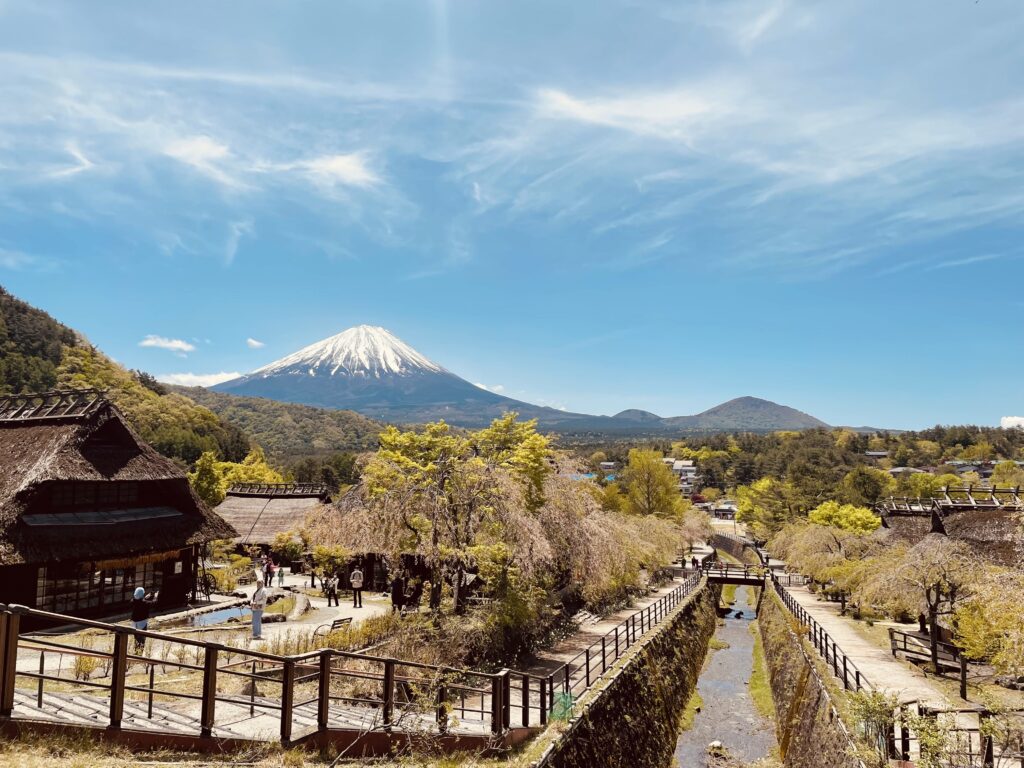
I’ve always been drawn to places where I can experience the deeper side of Japanese culture — not just the usual tourist spots, but locations that still carry the spirit of traditional life.
Saiko Iyashi no Sato Nenba is exactly that kind of place.
This open-air village preserves traditional thatched-roof houses, some dating back to before 1966, when the original village was destroyed by a typhoon.
Today, it’s been carefully restored as a cultural site, allowing visitors to walk through a slice of old Japan.
A Quiet Spot Away from the Tourist Crowds
Unlike Lake Kawaguchi or Lake Yamanaka, Iyashi no Sato doesn’t attract big crowds — and that’s what makes it special.
It’s peaceful, slow-paced, and surrounded by nature.
If you’re looking to experience Japanese tradition in a quiet, uncrowded setting, this is the perfect escape.
What I Expected vs. What I Actually Experienced
Before visiting, I’d seen a few photos online, but the real-life atmosphere was even more powerful.
The air felt calm, the sound of the wind through the trees was soothing, and walking among the thatched-roof houses gave me a sense of stepping back in time.
These traditional homes — now rare even in Japan — have been beautifully preserved, and seeing them up close was an experience I won’t forget.
You won’t find this kind of atmosphere in the city or at popular sightseeing spots. This place is one-of-a-kind.
My Visit to the Traditional Village
As I got closer to Saiko Iyashi no Sato Nenba, the modern buildings started to disappear — replaced by open nature and mountain views.
That gradual shift in scenery made it feel like I was truly entering a village from another time.
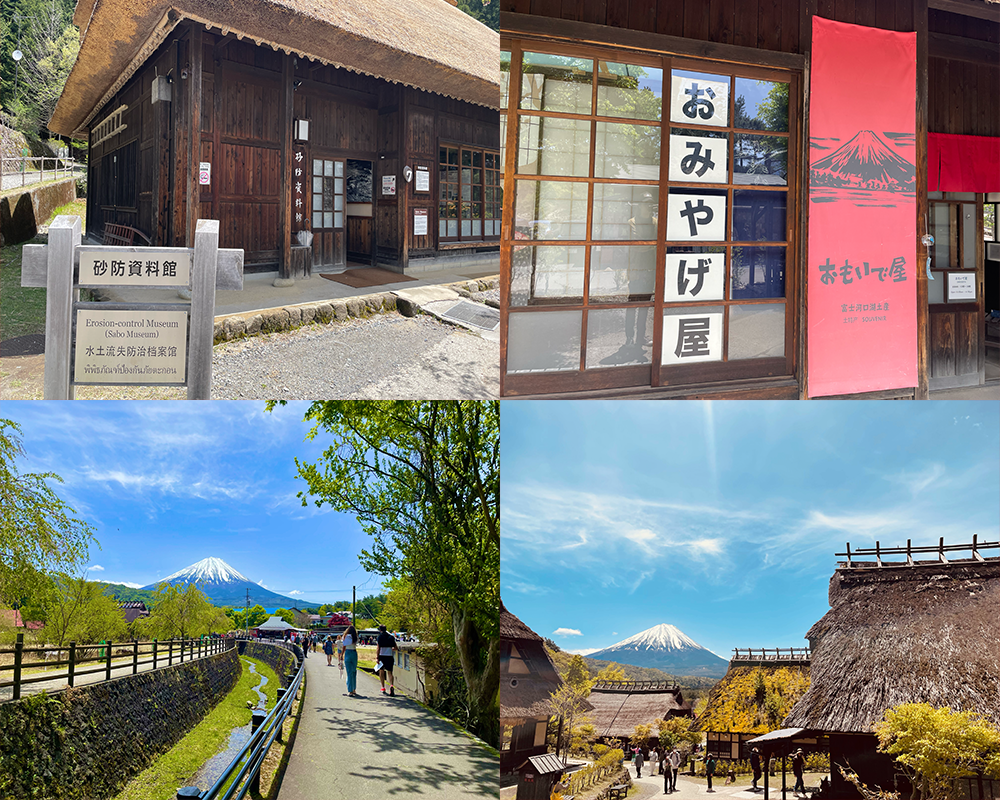
First Impressions: Old Houses and Peaceful Views
If you’re going to visit, I highly recommend picking a clear, sunny day.
Seeing the majestic Mt. Fuji rising behind the traditional thatched-roof houses is an unforgettable sight.
The balance of Japan’s natural beauty and historical architecture creates a kind of peace that’s hard to describe — it really does live up to the name “Iyashi” (healing).
Walking Through the Village: Highlights and Photo Spots
The moment you step into the village, you’ll notice photo spots everywhere.
Whether it’s the rustic old homes, the mountain backdrop, or the cultural displays, nearly every corner is picture-perfect.
I found myself constantly stopping to take photos — and I wasn’t the only one.
Almost every visitor had a camera in hand, smiling and snapping away.
There are also plenty of small shops along the walking path, selling traditional crafts, snacks, and souvenirs.
They’re not just for shopping — many of them showcase aspects of Japanese culture that are fun to explore.
Interactions with Staff and Local Craftspeople
One thing that stood out to me was how friendly and welcoming the staff were.
Everyone I spoke to responded with a smile and made the experience even more pleasant.
At one point, I saw a foreign visitor struggling with Japanese yen at the register, and the staff kindly said,
“No problem — take your time!”
It was a small moment, but it showed the warmth and kindness that runs through the whole place.
What You Can Do There (and What I Tried)
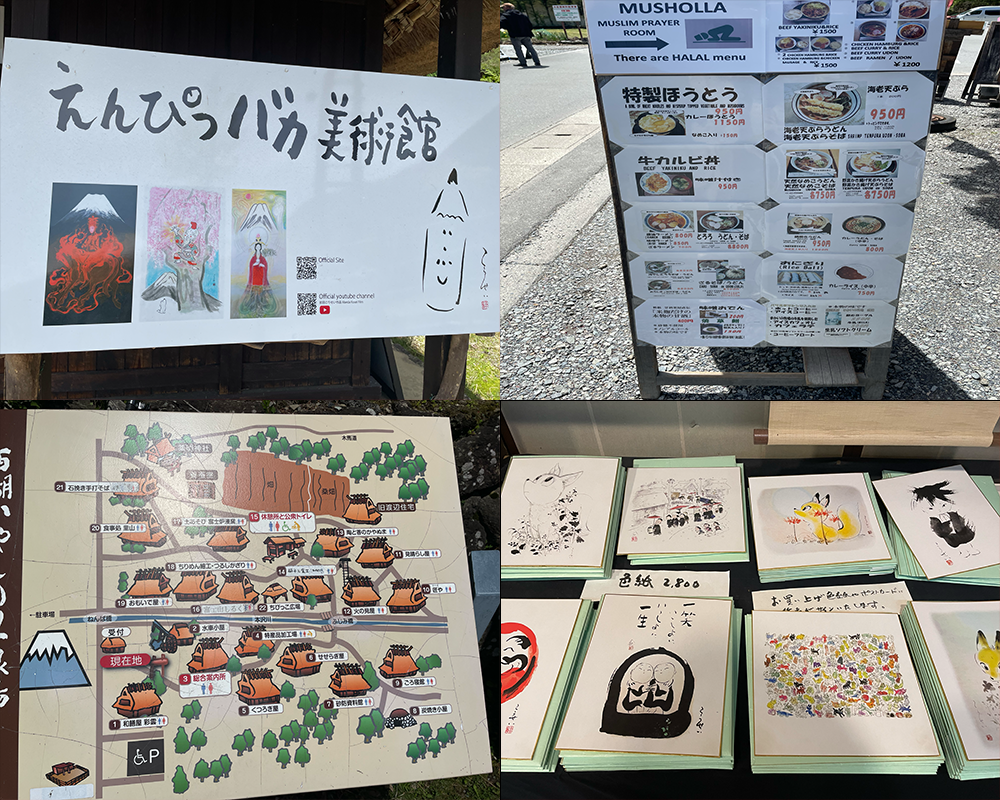
Whether you want to simply enjoy the scenery, explore traditional shops, or try your hand at Japanese crafts, Iyashi no Sato Nenba has something for everyone.
It’s a place where you can slow down, choose what suits you, and experience the charm of Japan in your own way.
Cultural Activities: Kimono, Crafts, and More
One of the highlights of the village is the chance to try traditional Japanese activities — many of which you won’t find in big cities.
Some of the hands-on experiences available include:
- Making your own nerikō incense (kneaded aromatic balls)
- Creating a metal-stamped charm using traditional tools
- Designing your own kaleidoscope
- Coloring a handcrafted coaster
- Making your own strap accessory
These activities are fun, creative, and a great way to bring home a meaningful souvenir you made yourself.
Local Souvenirs and Hand-Made Products
There’s no shortage of things to explore if you love shopping for local goods.
From traditional Japanese sweets and snacks, to local sake, wines, and even fresh vegetables from the area, you’ll find items here that are truly unique to this region.
You can also browse handmade accessories and crafts, all created with care by local artisans.
Picking up a souvenir here isn’t just shopping — it’s a way to take a little piece of your visit home with you.
My Favorite Spot in the Village
Honestly, the whole village felt like a series of favorite spots.
Every turn offered a new scenic view, a quiet corner, or a chance to take a photo that captures the atmosphere of the place.
Rather than searching for “the best angle,” I found myself enjoying the freedom to explore and let my own curiosity guide me.
If you visit, I highly recommend finding your own favorite spot — and capturing it in your way.
Practical Tips from My Visit
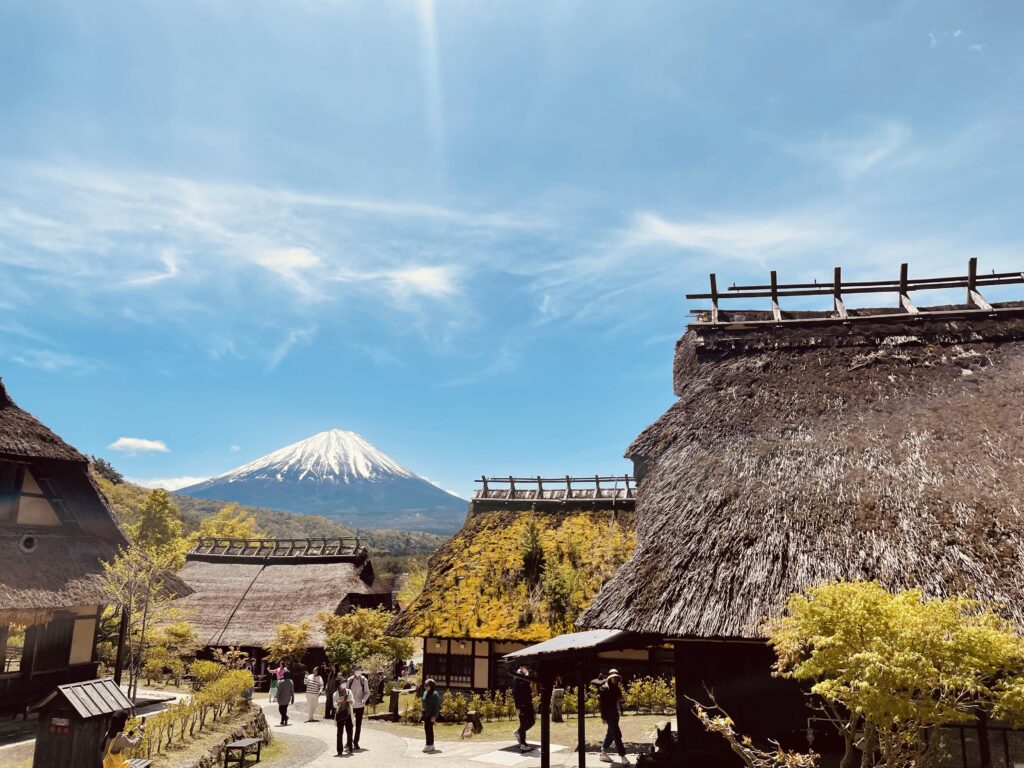
If you really want to enjoy Iyashi no Sato Nenba at its best, try to go on a clear, sunny day when Mt. Fuji is fully visible.
The stunning harmony between the thatched-roof village and the snow-capped mountain turns the entire landscape into something truly unforgettable.
How to Get There (Access and Parking Info)
- By car: About 25 minutes from Kawaguchiko Station. Driving is the easiest and most flexible option.
- By bus: Take the Saiko Sightseeing Bus from Kawaguchiko Station to the stop “Saiko Iyashi no Sato Nenba.”
The ride takes around 45 minutes, and buses run on a set schedule — so it’s a good idea to check the timetable in advance. - On foot: Not recommended — it’s too far to walk comfortably.
Entry Fee, Facilities, and Time Needed
- Parking: Free!
- After parking, walk about 3 minutes to reach the entrance.
- Admission fee:
Adults – ¥500
Children (up to junior high school) – ¥250 - Once you receive your ticket, you’re free to explore the entire village at your own pace.
Expect to spend 1 to 2 hours here, especially if you plan to do some shopping or try cultural activities.
Best Time to Visit (Based on My Experience)
The best seasons are winter and spring, when Mt. Fuji is dusted with snow and, in spring, cherry blossoms begin to bloom.
This combination makes for incredible views and photos.
I also recommend visiting early in the day to avoid the crowds — it’s much more peaceful in the morning.
Opening Hours:
- March to November: 9:00 AM – 5:00 PM (last entry 4:30 PM)
- December to February: 9:30 AM – 4:30 PM (last entry 4:00 PM)
Final Thoughts – Was It Worth It?
Absolutely.
If you’re someone who loves traditional Japanese culture, Saiko Iyashi no Sato Nenba is a must-visit.
It’s one of those rare places where the charm of old Japan has been carefully preserved — not as a theme park, but as a meaningful cultural experience.
And with all the things you can see, do, and learn here, it’s much more than just a photo spot.
Who I Recommend This Place To
Whether you’re a first-time traveler to Japan or someone who’s visited many times before, this spot offers something different.
It’s perfect for people who want to connect with the calmer, more traditional side of Japan.
If you’re into hands-on experiences, crafts, nature, or just walking through peaceful scenery — you’ll definitely enjoy it.
It’s also a great destination to share with others:
family, friends, couples — anyone can have a good time here.
Would I Go Again?
Yes — and I actually think I’d discover something new each time.
The entry fee is very reasonable, and the peaceful, cultural atmosphere never gets old.
Whether it’s a different season, a new activity, or just seeing Mt. Fuji from a slightly different angle —
this is the kind of place you can visit more than once and still walk away inspired.
Related articles
For more articles about the foot of Mt. Fuji, click here!
- I Explored Lake Yamanakako! A Local’s Guide to the Best Mt. Fuji Views, Cafes & Cycling,Activities
- Best Onsen Near Mount Fuji – From Famous Spots to Local Hidden Gems
- Hike and Ride: Mt. Fuji Panoramic Ropeway & Tenjyozan Trail Experience at Kawaguchiko
Slow Trip Japan regularly posts information about Japanese culture, tourist spots, hidden gems, and more!

